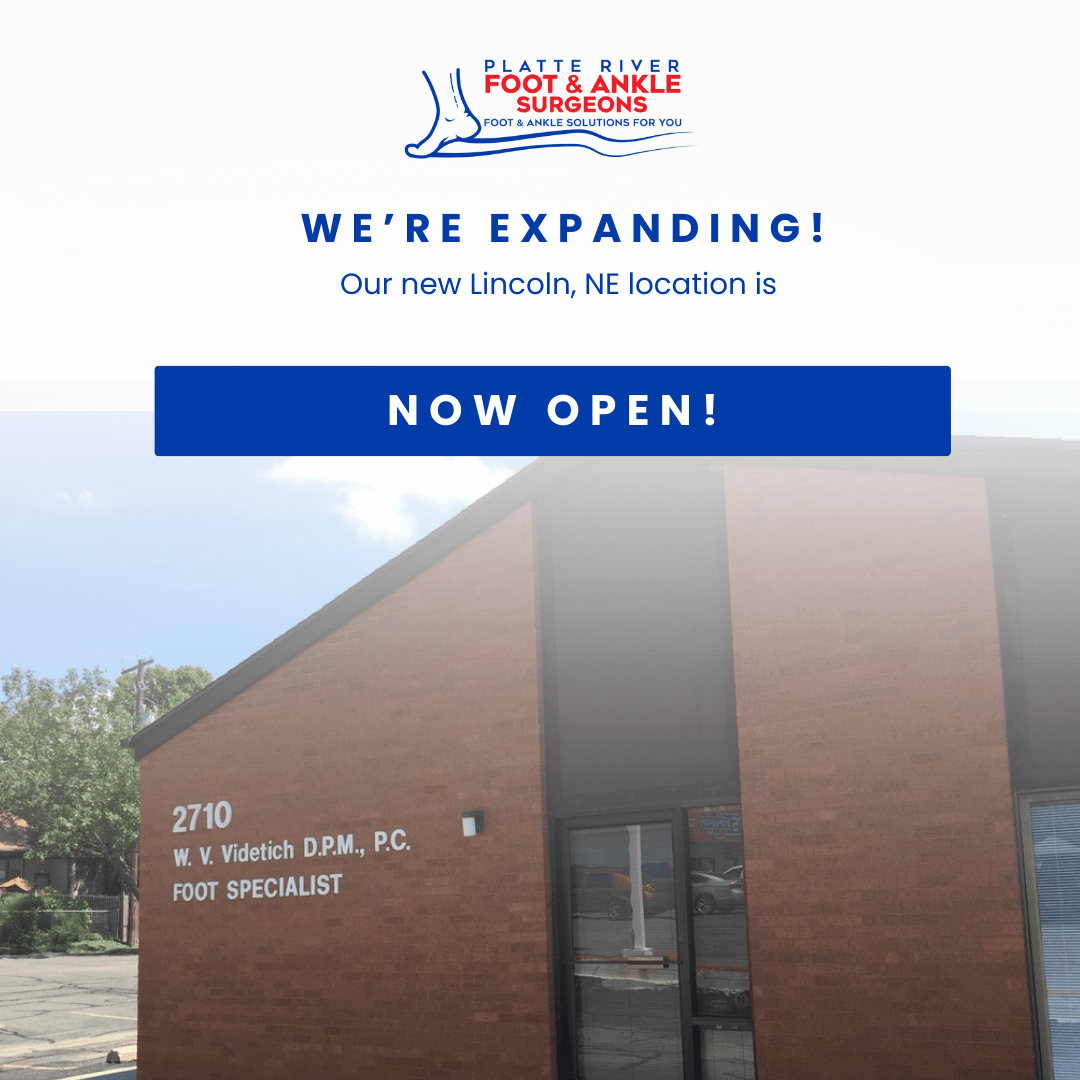HAMMERTOES
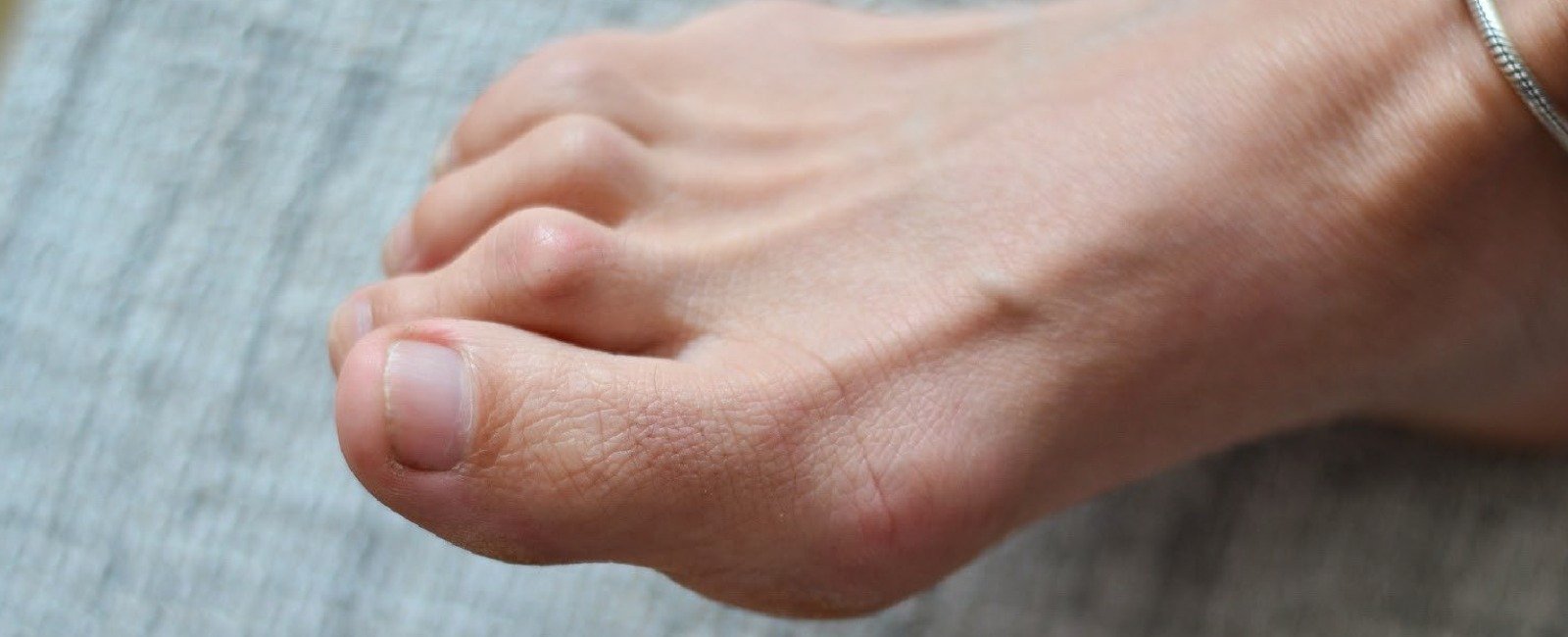
Hammertoes: Finding Relief
from Pain and Discomfort
Hammertoes: Finding Relief from Pain and Discomfort
HAMMERTOES Q&A

WHAT ARE HAMMERTOES?
Hammertoes, also known as mallet toes, are a common foot deformity characterized by an abnormal bend in one or more toes. This deformity typically affects the middle joint of the toe, causing the tip of the toe to curl downward, resembling a hammer.
Several factors can contribute to the development of mallet toes, including:
- Genetics: Some individuals may have an inherited predisposition.
- Foot Structure: Abnormalities in foot structure, such as high arches or flat feet, can increase the risk.
- Ill-Fitting Footwear: Wearing shoes that are too tight or have a narrow toe box can force the toes into a bent position.
- Muscle Imbalances: Imbalances in the muscles and tendons of the foot can lead to toe deformities.
- Arthritis: Conditions like arthritis can contribute to joint deformities, including hammertoes.
Early detection and intervention are essential for managing mallet toes. Conservative measures, such as wearing properly fitted footwear, using orthotic inserts, and performing toe exercises, may help alleviate symptoms. In more severe cases, where the deformity is rigid and causes significant discomfort, surgical intervention may be considered to correct the toe alignment. Seeking the guidance of our foot and ankle specialist can ensure an accurate diagnosis and appropriate management of mallet toes.
WHAT ARE THE SYMPTOMS OF HAMMERTOES?
Hammertoes can present with a range of symptoms, and the severity of these symptoms may vary depending on the extent of the toe deformity.
Common symptoms associated with hammertoes include:
- Pain and Discomfort: The most common symptom is pain, typically occurring at the top of the bent toe where the joint rubs against shoes. The pain can be sharp and stabbing or dull and aching.
- Corns and Calluses: Friction from footwear can lead to the formation of corns and calluses on the affected toes, particularly at the top of the bent joint. These corn and calluses can be painful and tender.
- Limited Toe Movement: The bent joint can restrict the range of motion in the affected toes, making it difficult to flex or extend them fully. This can make it challenging to grip objects with your toes or wear certain types of shoes.
- Difficulty Walking: Pain and discomfort, along with limited toe movement, can make walking difficult, especially in shoes that don't accommodate the mallet toes. Wearing shoes can put pressure on the bent joint, exacerbating the pain and making walking uncomfortable or even painful.
- Open Sores: In severe cases, it can cause open sores on the affected toes. These sores can be caused by friction, pressure, or poor circulation.
- Redness and Inflammation: The affected toes may appear red, inflamed, and swollen due to the irritation and pressure caused by the deformity.
- Burning Sensation: Some individuals may experience a burning sensation in the affected toes, especially when wearing shoes or walking.
- Stiffness: The affected toes may feel stiff and rigid due to the limited range of motion and muscle imbalance caused by the deformity.
- Instability: The hammertoe joint may feel unstable or "giving way" due to the weakened ligaments and muscles supporting the toe.
- Difficulty Fitting into Shoes: Finding shoes that fit comfortably and accommodate the hammertoes can be challenging, as the bent joint may cause pressure and discomfort.
The severity of the symptoms can vary depending on the individual's foot structure, the severity of the deformity, and the type of footwear worn. If you experience any of these symptoms, it's important to consult a podiatrist for proper diagnosis and treatment.
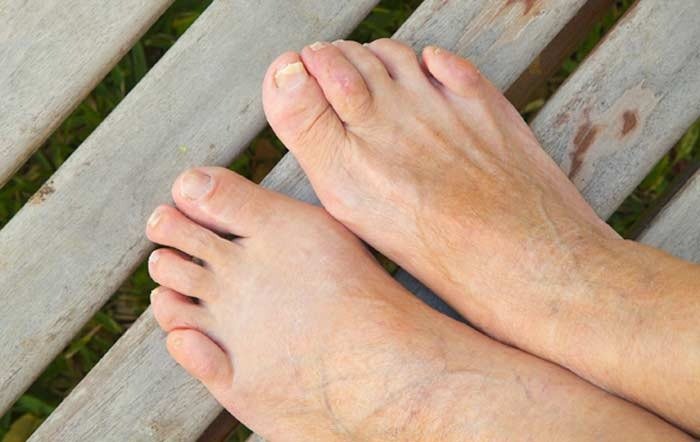
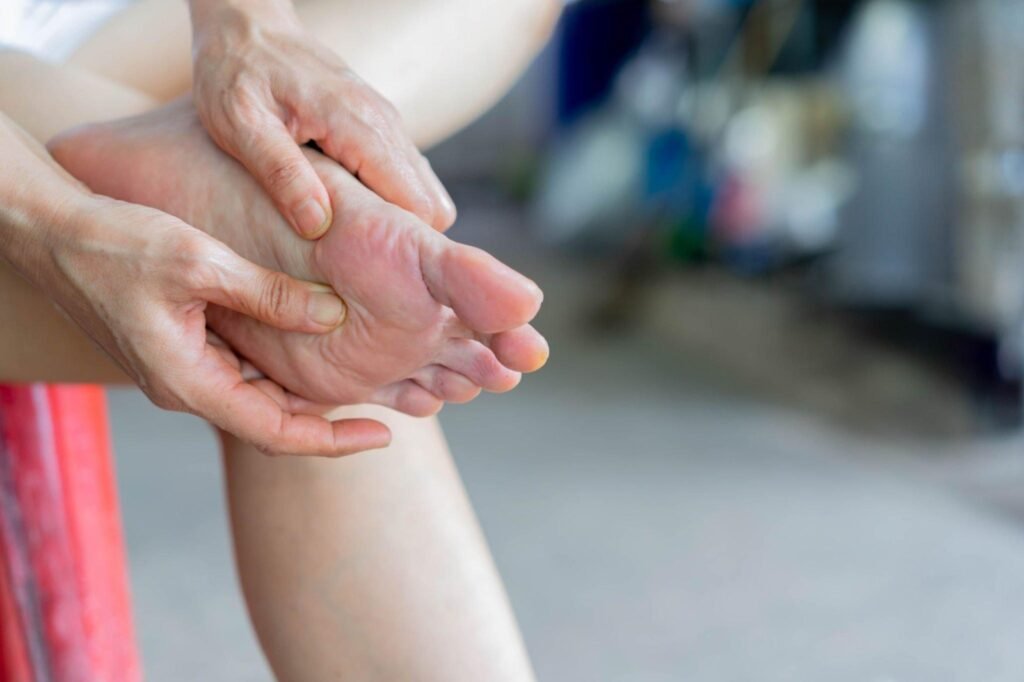
WHAT ARE THE RISK FACTORS FOR HAMMERTOES?
Several factors contribute to the development of mallet toes, and understanding these risk factors can help individuals take preventive measures.
Common risk factors for hammertoes include:
Genetic Factors
- Family History: Individuals with a family history are more likely to develop the deformity, suggesting a genetic predisposition.
- Foot Structure: Certain foot types, such as high arches or flat feet, are more prone to developing hammertoes due to altered biomechanics and stress distribution in the foot.
Environmental Factors
- Ill-Fitting Footwear: Wearing shoes that are too tight, narrow, or have high heels can place excessive pressure on the toes, forcing them into an unnatural position and increasing the risk of hammertoes.
- Repeated Stress: Engaging in activities that repeatedly stress the toes, such as dancing, running, or sports that involve pivoting or jumping, can contribute to the development of it.
- Neuromuscular Disorders: Certain neuromuscular disorders, such as charcot-marie-tooth disease, can weaken the muscles and tendons that support the toes, leading to hammertoe formation.
Lifestyle Factors
- Age: Hammertoes are more common in older adults, as the muscles and tendons in the feet tend to weaken with age, making them more susceptible to deformity.
- Obesity: Excess weight can put additional strain on the feet, increasing the risk of developing hammertoes.
- Certain Medical Conditions: Conditions like arthritis, rheumatoid arthritis, and diabetes can affect the joints and tendons in the feet, increasing the risk of it.
Regular foot examinations and consultation with a podiatrist can also help in identifying and addressing potential risk factors for it.
HOW DOES MY PROVIDER DIAGNOSE HAMMERTOES?
Diagnosing hammertoes typically involves a comprehensive evaluation by a healthcare provider, often a foot and ankle specialist or a podiatrist. The diagnosis is based on a combination of clinical examination, medical history, and, in some cases, imaging studies.
Here's how the diagnosis of hammertoes is typically made:
Medical History
Your healthcare provider will begin by asking questions about your symptoms, including:
- When did you first notice the deformity?
- Which toes are affected?
- What activities or footwear seem to worsen your symptoms?
- Do you have any family history of it or other foot deformities?
- Do you have any underlying medical conditions, such as arthritis, diabetes, or neuromuscular disorders?
Physical Examination
The healthcare provider will carefully examine your feet, paying close attention to the affected toes. They will look for:
- The presence of bent joints in the toes
- Corns or calluses on the affected toes
- Limited range of motion in the affected toes
- Pain or tenderness when touching the affected toes
- The provider may also ask you to walk or stand on tiptoes to assess the stability of the toes and the overall biomechanics of your feet.
Footwear Assessment
The type of footwear worn by the patient is considered, as ill-fitting shoes with narrow toe boxes or high heels are common contributors. The healthcare provider may recommend changes in footwear as part of the treatment plan.
A comprehensive evaluation allows the healthcare provider to determine the type and severity of the hammertoe deformity, which then guides the development of an appropriate treatment plan. Early diagnosis is essential for effective management, as conservative measures are often more successful when implemented in the early stages of hammertoe development. Seeking timely medical attention is recommended for individuals experiencing symptoms of it.

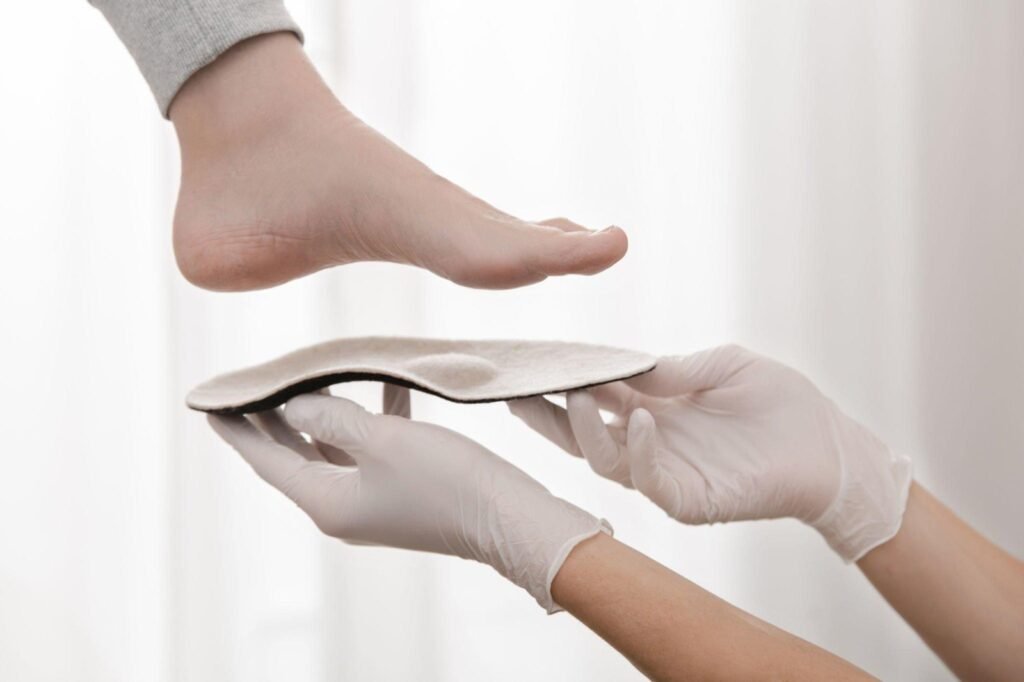
HOW ARE HAMMERTOES TREATED?
The treatment of hammertoes aims to reduce symptoms, correct toe deformities, and prevent further progression. The approach to treatment may vary based on the severity of it and individual factors.
Here are common methods used in the management of hammertoes:
Non-surgical Treatments
Non-surgical treatments are often the first line of therapy. These treatments aim to relieve pain, reduce pressure on the affected toes, and improve overall foot biomechanics.
- Footwear modifications: Wearing shoes with a wider toe box, avoiding high heels, and using protective padding or splints can help reduce pressure on the bent joints and alleviate pain.
- Custom orthotics: Custom-made orthotics can provide additional support and cushioning for the toes, reducing pressure and improving overall foot biomechanics.
- Stretching and strengthening exercises: Regular stretching and strengthening exercises for the muscles of the feet and toes can help improve flexibility and reduce the risk of further deformity.
Surgical Treatments
In more serious cases, surgical intervention may be considered to correct the deformity and restore toe function. Surgical procedures for hammertoes include:
- Arthroplasty: This involves removing a portion of bone from the affected joint to realign the toe.
- Tendon release or lengthening: This involves releasing or lengthening the tendons that pull the toe into an abnormal position.
- Fusion: This involves fusing the affected joint to prevent further bending.
The type of surgery recommended will depend on the severity of the deformity, the individual's foot structure, and their overall health.
Post-treatment Care and Recovery
After treatment, whether non-surgical or surgical, proper care and rest are crucial for healing and preventing complications. This may include:
- Restoring normal activity gradually: Avoid strenuous activities or prolonged standing until the toes have fully healed.
- Wearing supportive footwear: Continue to wear shoes with a wide toe box and adequate arch support.
- Continuing exercises: Maintain stretching and strengthening exercises to improve flexibility and prevent recurrence.
- Follow-up appointments: Attend follow-up appointments with your healthcare provider to monitor healing and adjust treatment as needed.
Preventing Hammertoes
While hammertoes cannot always be prevented, certain measures can help reduce the risk of developing the deformity:
- Choose proper footwear: Opt for shoes that fit well, have a wide toe box, and provide adequate arch support.
- Maintain flexibility: Regularly stretch and strengthen the muscles of the feet and toes to improve flexibility and reduce the risk of deformity.
- Address underlying conditions: Manage any underlying medical conditions that could contribute to hammertoe development.
- Seek early intervention: If you notice any signs or symptoms of hammertoes, consult a podiatrist or foot specialist for early diagnosis and treatment.
It's important for individuals with hammertoes to seek professional medical advice for an accurate diagnosis and appropriate treatment plan. Early intervention and lifestyle modifications can often prevent the progression of mallet toes and improve symptoms. Individuals should discuss treatment options with their healthcare provider to determine the most suitable approach based on their specific condition and goals.
Hammertoes





